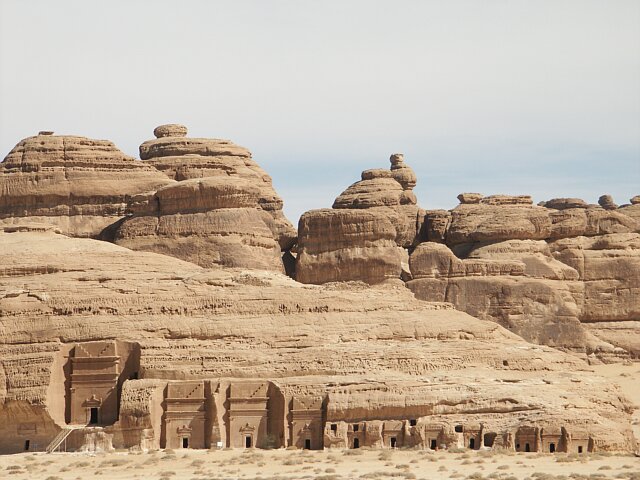
[ad_1]
The history of Saudi Arabia is as rich and diverse as the country itself. From ancient civilizations to modern-day developments, the evolution of Saudi Arabia is a fascinating journey that has shaped the nation into what it is today. Tracing its history through the ages, we can gain a deeper understanding of the cultural, economic, and political developments that have contributed to its transformation.
Ancient Origins and Early Civilization
- The Arabian Peninsula has been inhabited for thousands of years, with evidence of human presence dating back to the Stone Age.
- Early civilizations such as the Nabateans, Sabeans, and Lihyanites thrived in the region, leaving behind impressive archaeological sites and cultural artifacts.
The Rise of Islam
- The 7th century saw the birth of Islam in the Arabian Peninsula, with the Prophet Muhammad spreading the message of the new religion.
- The establishment of the first Islamic state in Medina laid the foundation for the unification of the Arabian Peninsula under the banner of Islam.
The Ottoman and Hashemite Rule
- In the 16th century, the Ottoman Empire expanded its influence over the Arabian Peninsula, bringing the region under its control for several centuries.
- The Hashemite family, led by Sharif Hussein bin Ali, played a key role in the Arab Revolt against Ottoman rule and eventually gained control over the Hejaz region.
The Founding of the Kingdom
- In 1932, Abdulaziz Al Saud, also known as Ibn Saud, unified the various tribes and regions of the Arabian Peninsula to establish the Kingdom of Saudi Arabia.
- The discovery of oil in the late 1930s transformed the economy and infrastructure of the country, propelling it into the modern era.
Modernization and Transformation
- Over the past few decades, Saudi Arabia has undergone significant modernization and development, with a focus on diversifying its economy and reducing dependence on oil revenue.
- Initiatives such as Vision 2030, spearheaded by Crown Prince Mohammed bin Salman, aim to drive social and economic reforms and position the country as a global leader in various sectors.
Cultural and Social Changes
- The evolving social landscape of Saudi Arabia has seen significant changes in recent years, with an emphasis on empowering women, promoting cultural heritage, and fostering a more open and inclusive society.
- The lifting of some long-standing restrictions, such as allowing women to drive and attend public events, reflects the country’s commitment to progress and modernization.
Looking to the Future
- As Saudi Arabia continues to make strides in various fields, including technology, tourism, and sustainable development, its future appears bright and promising.
- The country’s rich history and heritage serve as a strong foundation for its ongoing evolution, as it seeks to position itself as a global player on the world stage.
In conclusion, the evolution of Saudi Arabia is a story of resilience, adaptability, and progress. From its ancient roots to its modern-day achievements, the country has traversed a remarkable path that has shaped its identity and positioned it as a dynamic and influential nation on the world stage. As Saudi Arabia continues to forge ahead, its history serves as a powerful reminder of the possibilities that lie ahead.
[ad_2]